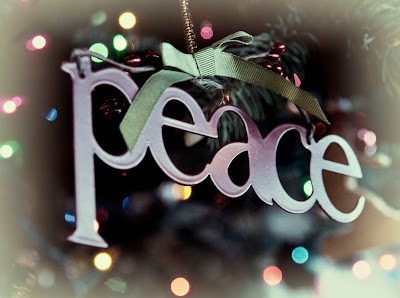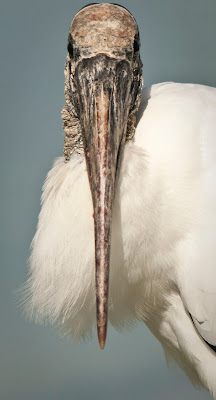Night Herons are particularly intriguing to me as they always seem to be so elusive. I finally had an opportunity to view a Yellow-crowned Night Heron this past week on my visit to Fort De Soto State Park. I actually saw three adult Yellow-crowned Night Herons hiding in different areas among the mangroves as well as one feeding at low tide.
 |
| Yellow-crowned Night Heron Fort De Soto State Park |
I also saw one juvenile feeding on small crabs at low tide at East Beach. Yellow-crowned juveniles look quite similar to Black-crowned juveniles. Yellow-crowned Night Heron juveniles can be distinguished from juvenile Black-crowned Night Herons best by noting their thicker, darker bill (compared to the Black-crowned's greenish yellow lower mandible), longer legs, and slimmer bodies, as well as, by their lighter edging on their outer wings and smaller spots on their head and neck. Since I don't have experience viewing either of these juvenile night herons, my first thought that this was a Yellow-crowned was because there were several Yellow-crowned adults in the area.
 |
| Yellow-crowned Night Heron Fort De Soto State Park |
After Fort DeSoto, we took a trip to Sanibel Island to visit J. N. Ding Darling National Wildlife Refuge where I saw another juvenile Yellow-crowned night Heron as well as one adult. Since I haven't had the fortune to see these herons at my usual birding spots, I was really excited to have the chance to view them.
 |
| Juvenile Yellow-crowned Night Heron Ding Darling National Wildlife Refuge |























































